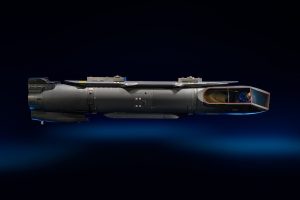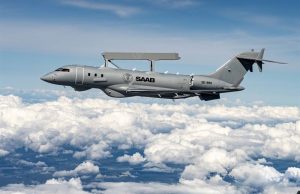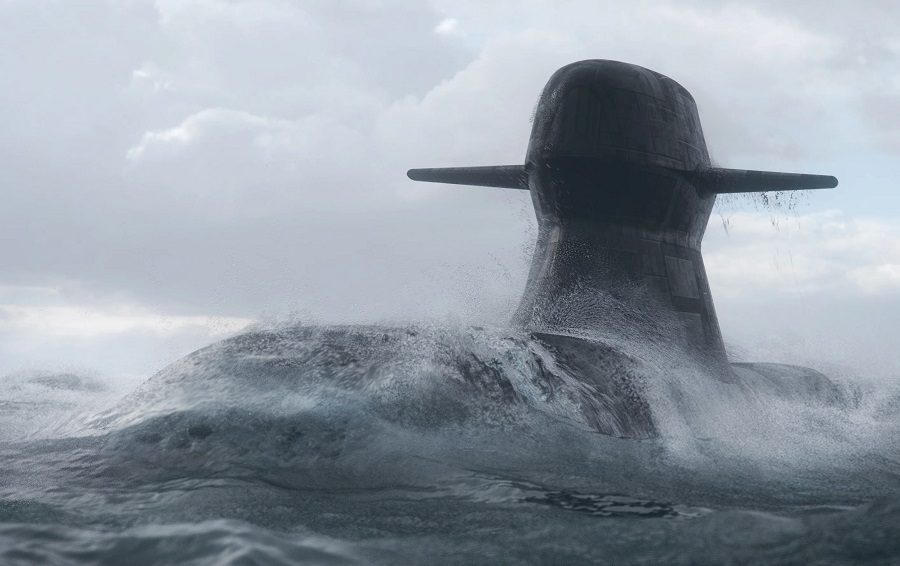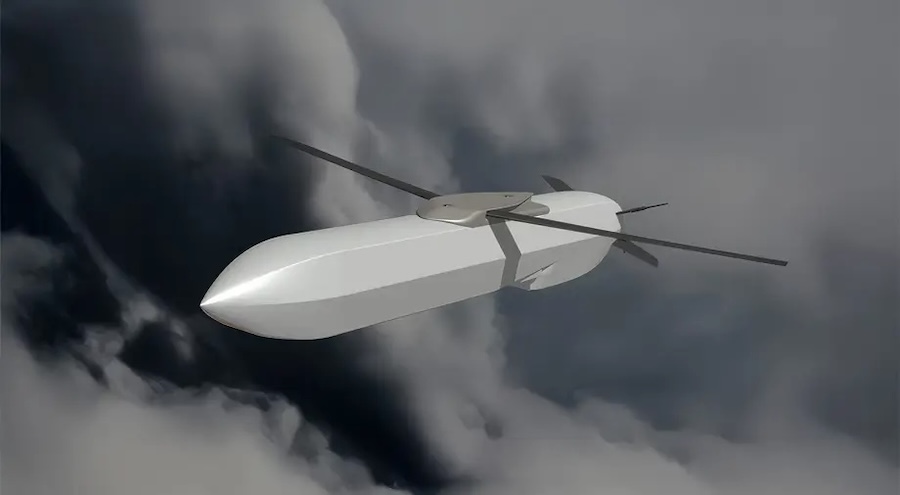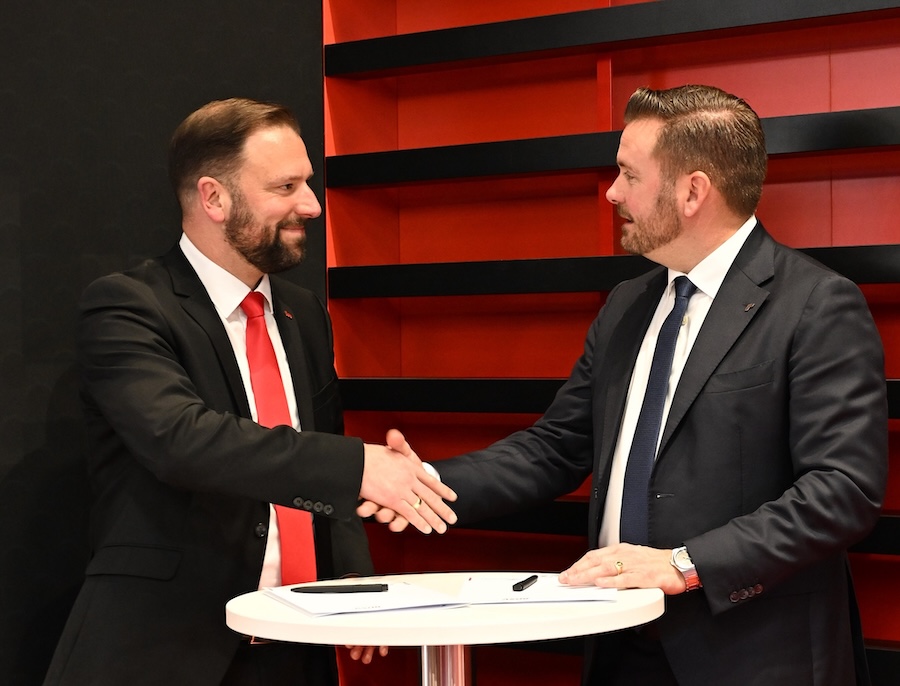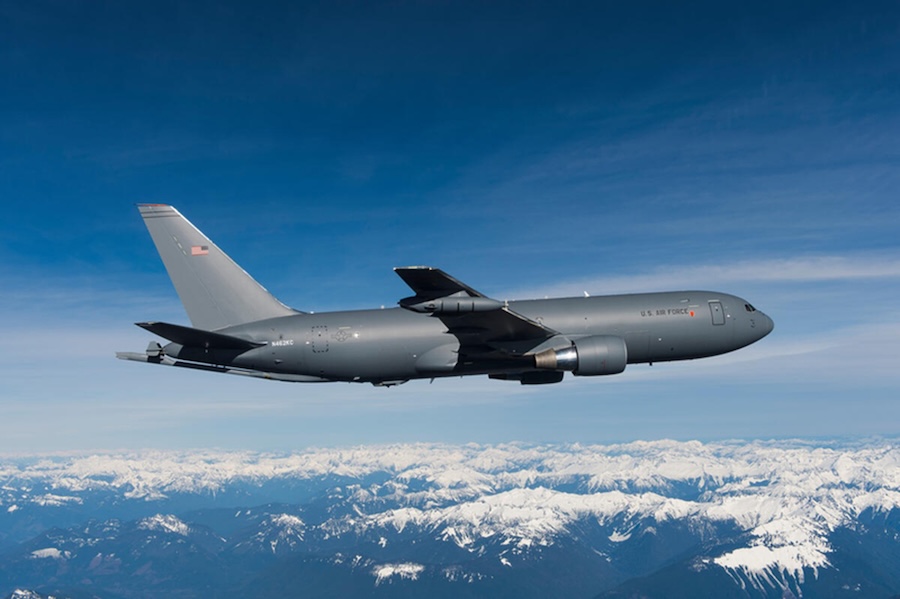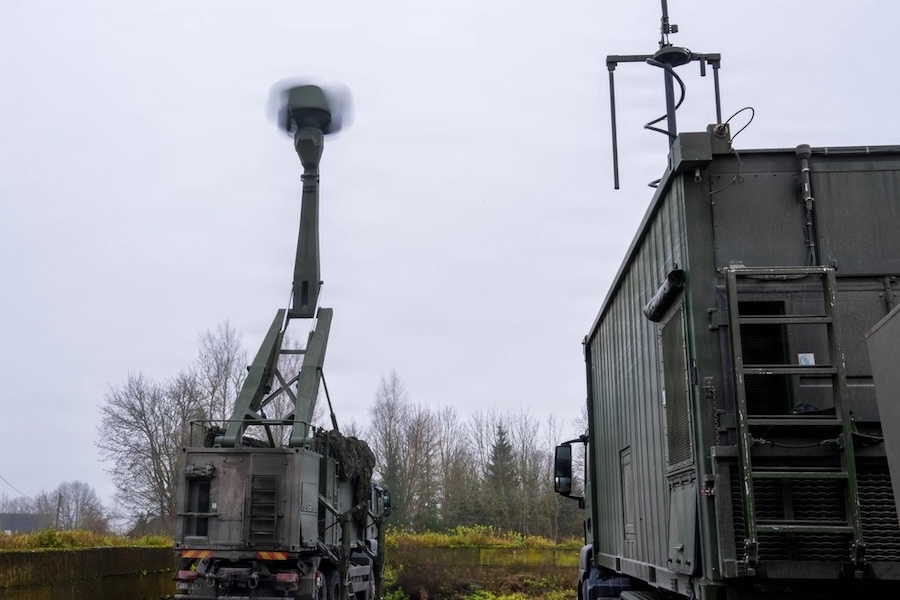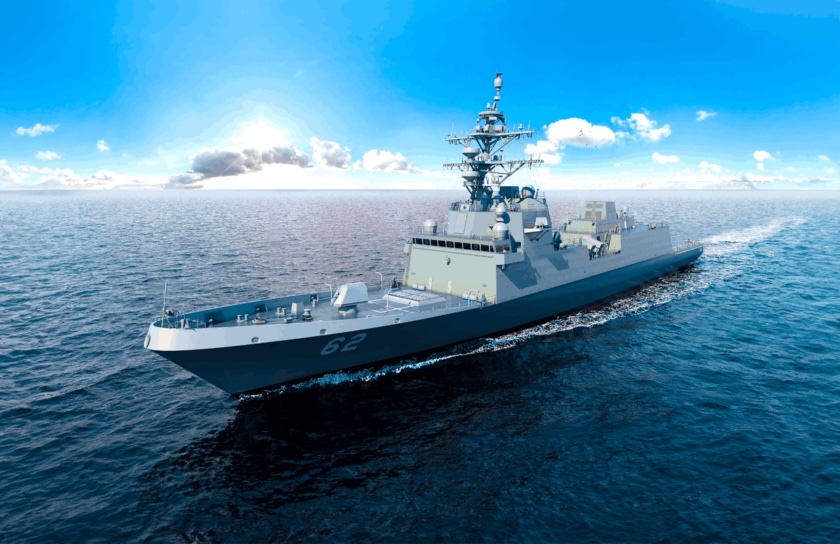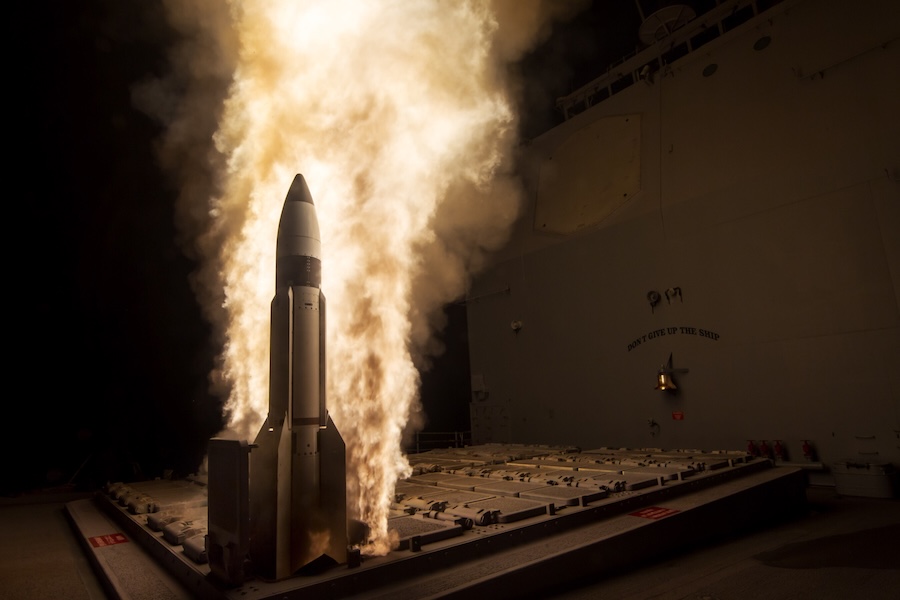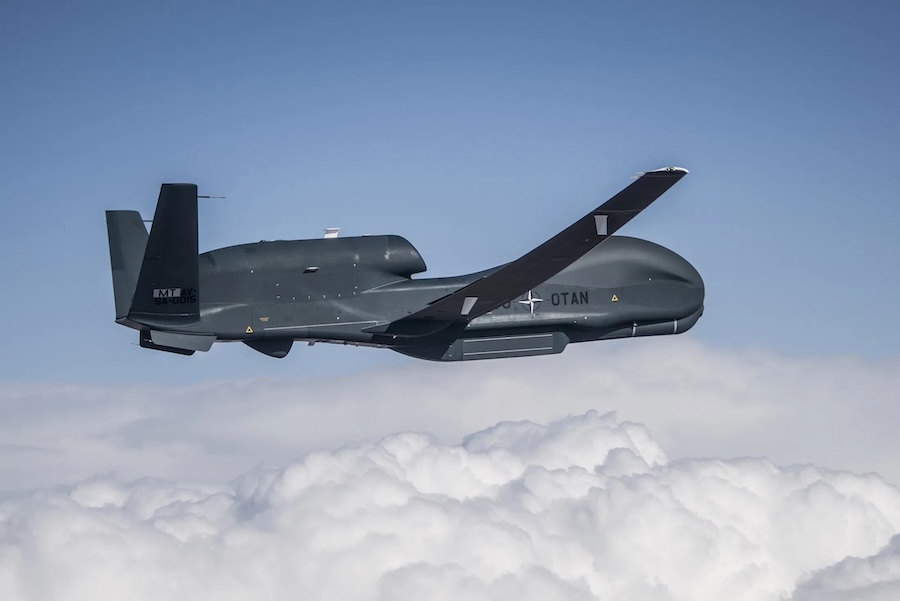Air Force Master Sgt. Zachary Kugler said planning had been extensive and focused on ensuring the exercise ran smoothly. “A lot of work and planning was put into getting this exercise to run efficiently and effectively, taking into account all of the separate factors that affect the way things play out and what we can accomplish towards the mission,” he said. “We use key takeaways and lessons learned to shape the way we generate airpower in the future and how we can apply it to both exercises and real-world scenarios.”
F-35A Lightning IIs from the 355th and 356th Fighter Squadrons were deployed alongside F-16 Fighting Falcons from the 18th Fighter Interceptor Squadron as part of the 354th Operations Group’s evaluation. Air Force Lt. Col. Lloyd Wright said, “The 354th OG is charged with providing combatant commanders with combat-ready forces in order to meet mission objectives and priorities.” He added, “This [is] accomplished by organizing, training and equipping our component squadrons who project power in the Pacific area of responsibility and maintain the [Air Force’s] northernmost strategic runway.”
Airmen managed the physical demands of the mission, which included pallet building, cargo movement and vehicle operations in severe conditions. Their work ensured the wing maintained the tempo required to generate combat power throughout the exercise.
Air Force Lt. Col. Peter Daigle said Arctic conditions required a different approach to operations, noting the strong performance of personnel. “Operating in the Arctic forces you to think differently, and our airmen proved that they not only understand the constraints but thrive in them,” he said. “We rehearsed cold-weather processes, validated our deployment readiness, and stress tested the systems that enable fighter generation in one of the harshest climates on Earth.”
He also highlighted the value of technical skill and adaptability, which he said were essential to meeting mission demands beyond normal roles. Reflecting on the wider impact, Daigle said, “Every exercise gives us data, but Arctic Gold gave us clarity; our priorities are centered on sharpening the logistics foundations of our wing that makes us a combat-credible force, ensuring our squadron commanders continue to develop leaders who can think critically, operate independently and take initiative.” He added, “The future fight will reward agility, creativity and technical mastery — and that starts with how we train.”
Source: U.S. Air Force.







